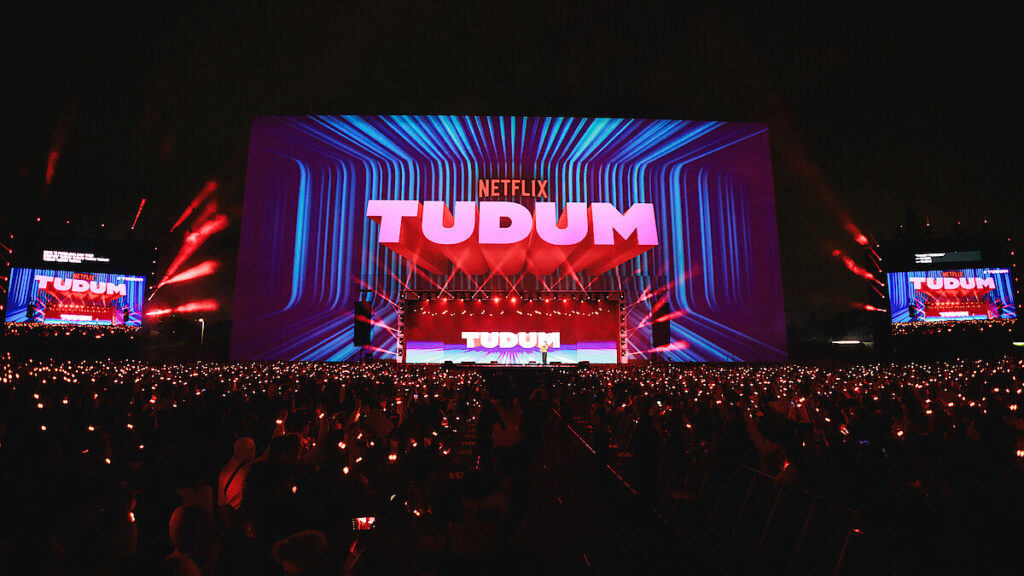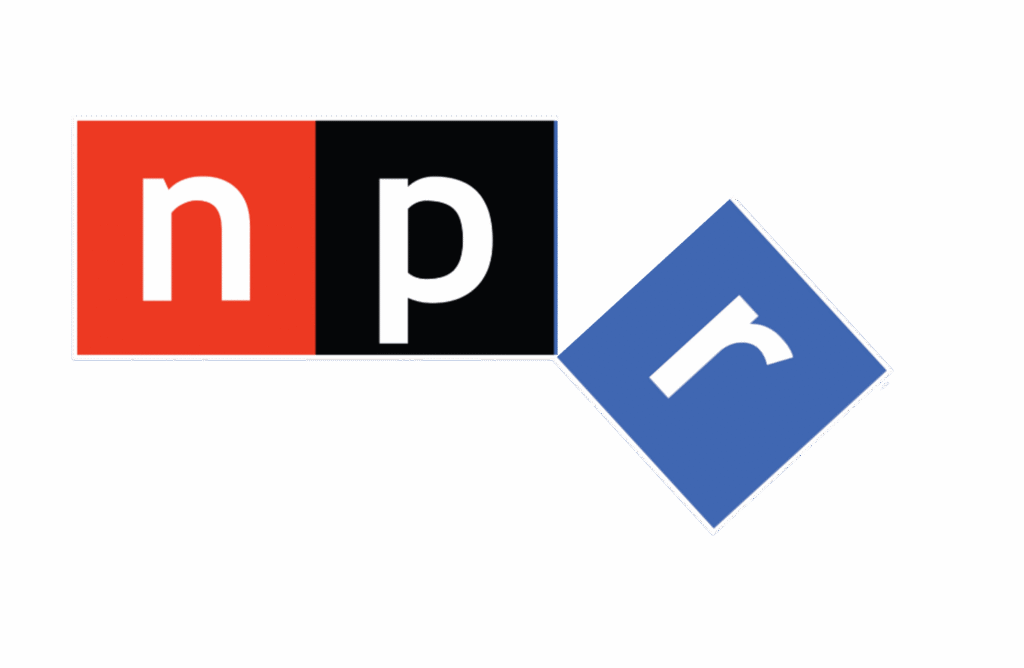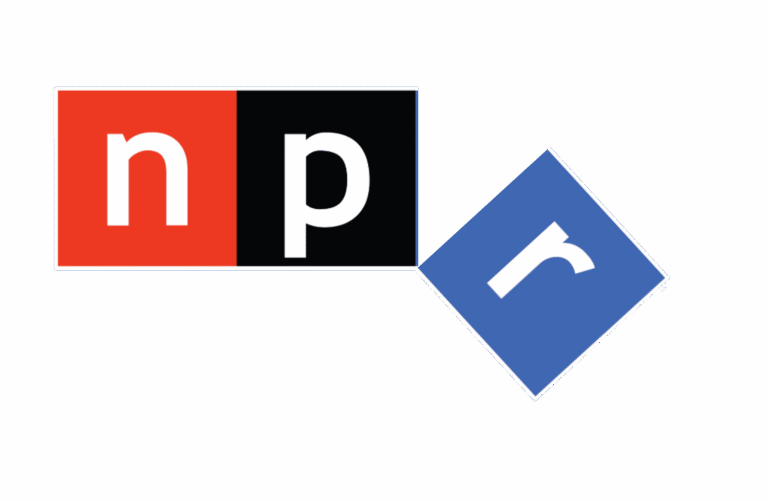
from Jacobs Media
Any time we discuss the “ideal lengths” of content, whether it’s videos, podcasts, or on-air breaks, we’re dealing with a lot of opinion and subjectivity. But a look at content trends over the past decade or more tells us that in general, short is good. And shorter is better. Today’s #TBT blog post walks you through how content has evolved, and what that means to how we advise our talent to create better, and more mainstream radio.
Read MoreThe gap between statistically driven research (quantitative) and focus groups (qualitative) has long been a point of debate among analysts who specialize in audience behavior and perceptions. And now, along comes AI and the promise it can inexpensively replace the traditional process with “synthetic respondents,” creating the research version of “digital twins.” But AI has a higher value and more reliable purpose when utilized strategically and sensibly.
Read MoreIn yesterday’s post, we talked about how Netflix’s “TUDUM” initiative is helping to differentiate themselves from their many video streaming competitors. Radio can use some of these same techniques. And today’s post provides prescribed action steps successful stations can employ to create their own “TUDUM Tactics.”
Read MoreThe world of media and entertainment continues to get more crowded and competitive, forcing brands not to just excel this quarter but differentiate themselves with smart and savvy strategies and tactics. While radio broadcasters may be feeling the heat from digital distribution, the need for emphasizing the industry’s unique differences has never been greater. Even independently owned radio stations can learn a thing or two from major media behemoths, including Netflix, a brand leader that continues to innovate and blaze new trails. In a word, TUDUM!
Read MoreDeepSeek, a two-year-old Chinese AI startup, has shaken up the tech world with the launch of R1, an AI model that reportedly operates with 95-97%…
Read MoreWhen was the last time you actually thought about your station’s (or your company’s) mobile app strategy? How often do you research your mobile initiatives to make sure they’re aligned with your master strategy? Recently, ESPN redefined its entire mobile scheme, and with it, their content ecosystem. Paul and I did some homework on what it could mean for radio broadcasters. And that’s what today’s blog post is all about.
Read MoreIn Tuesday’s post, I outlined a rough schematic for how public radio could use its latest “bump” to carve out a path for the future. …
Read Moreour blog
When was the last time you actually thought about your station’s (or your company’s) mobile app strategy? How often do you research your mobile initiatives to make sure they’re aligned with your master strategy? Recently, ESPN redefined its entire mobile scheme, and with it, their content ecosystem. Paul and I did some homework on what it could mean for radio broadcasters. And that’s what today’s blog post is all about.
Read MoreIn Tuesday’s post, I outlined a rough schematic for how public radio could use its latest “bump” to carve out a path for the future. In today’s post, it’s put-up-so-shut-up time. As we wrap up a short week, I’ll use…
Read MoreIn Tuesday’s post, I outlined a rough schematic for how public radio could use its latest “Trump Bump” to carve out a path for the future. In today’s post, it’s put-up-or-shut-up time. As we wrap up a short week, this post will fill in some of the blanks and color in some solutions to remedy our nation’s beleaguered public radio stations:
Read More





















